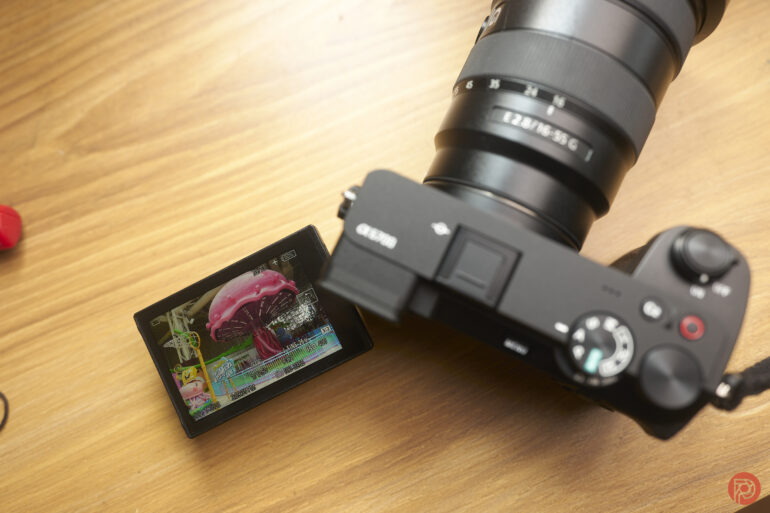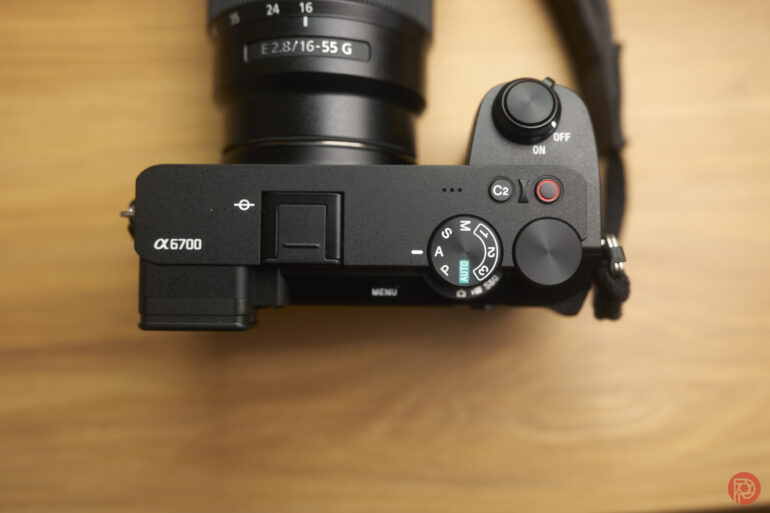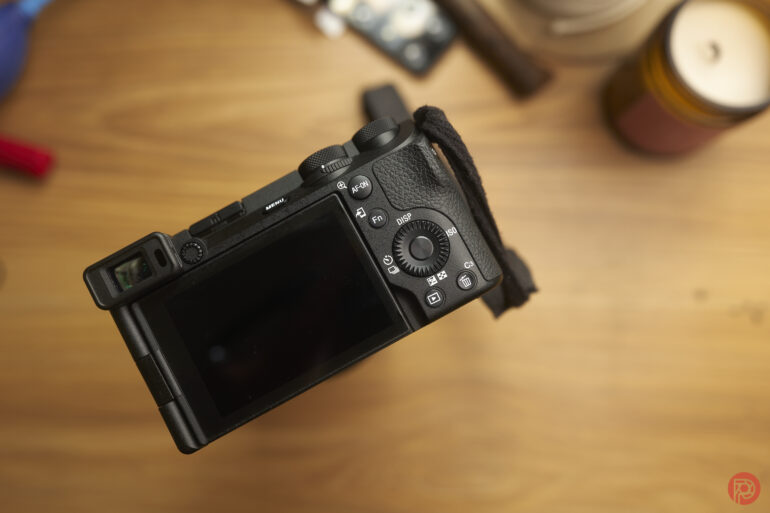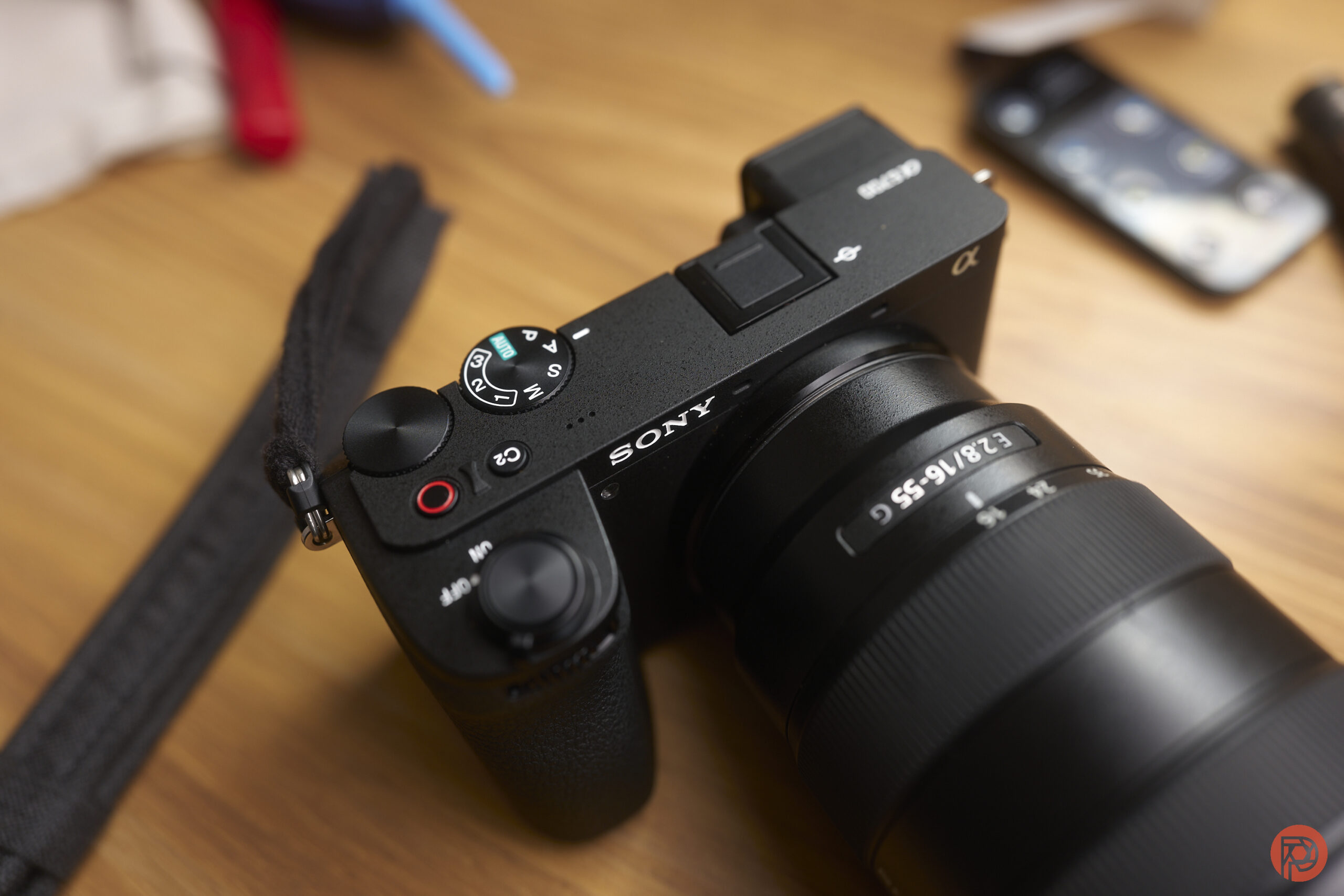Last Updated on 11/03/2023 by Chris Gampat
I’ve got to admit something big: when I was reviewing the Sony a6700, I didn’t feel anything. It’s a synonymous feeling to encountering a human being that’s beautiful enough on the outside — yet you feel that there’s no chemistry. I test and use tons of cameras because it’s a major part of my job. But so, too, do the rest of the staff here, and we’re all experiencing the same thing. All these cameras are the same — which raises even more of a red flag when the Sony a6700 neglected one of Sony’s best features.
Well, it’s not really a Sony feature. If anything, it’s a feature that Canon did first, and then Sony decided to copy it because people wanted it. What I’m talking about is the sensor shield protection that happens when the camera is powered down. To explain this a bit further, there’s a setting in newer Sony cameras that brings the shutter down over the sensor to protect it. This is designed to be used in combination with changing a lens or something like that. It keeps Sony’s sensors cleaner and gets rid of them being the dust magnets that they were for years.
This is something I searched for in Sony’s a6700 menu system, and when the journey into the tome that is the multiple-paged menu system yielded no fruit, I was quite disappointed.
Sony removed this feature as a way to artificially create differentiation from the higher-end a7 series cameras. At least with the Canon EOS R7, you get this feature. This also comes with the fact that Sony’s bodies and lenses aren’t the best when it comes to weather resistance. When we asked Sony about this, they provided one of the most pedantic answers I’ve ever read — nor did they want a representative to go on the record for it.
If you’ve ever gone out shooting in the rain or in high humidity, you’ll truly understand what I’m talking about. The environment can be truly beautiful and look very painterly. So to work around this, I often reached for Tamron lenses instead. Universally, they’re considered to be top-tier for weather resistance.



Couple this idea with the fact that the Sony a6700 is such a small camera that you want to bring it with you everywhere. It truly does feel nice in your hands — though it’s also obviously missing things that make it feel like a better camera overall. Like, what about the joystick? I know they would’ve had to move things a bit, but they could’ve done it. The camera should be praised for a slew of other things, for sure. However, this one thing is a major hangup. If you, as a photographer, are so used to the bigger and better features, then why would you get something like this?
Perhaps it’s a camera not necessarily designed for someone like me. However, at the same time, I truly feel it is. Rangefinder-style camera bodies are far more uncommon in the photography world as more people tend to go for SLR-style cameras. But if you’re a right-eye shooter, then a rangefinder-inspired camera body like the Sony a6700 is something that is bound to excite you.
I don’t think we should be making excuses for billion-dollar companies like Sony. And for the most part, that goes for all the camera brands. They’re reaching for creators and videomakers — but they’re all making the same product in one shape or another. And in the end, the customer is losing out.


